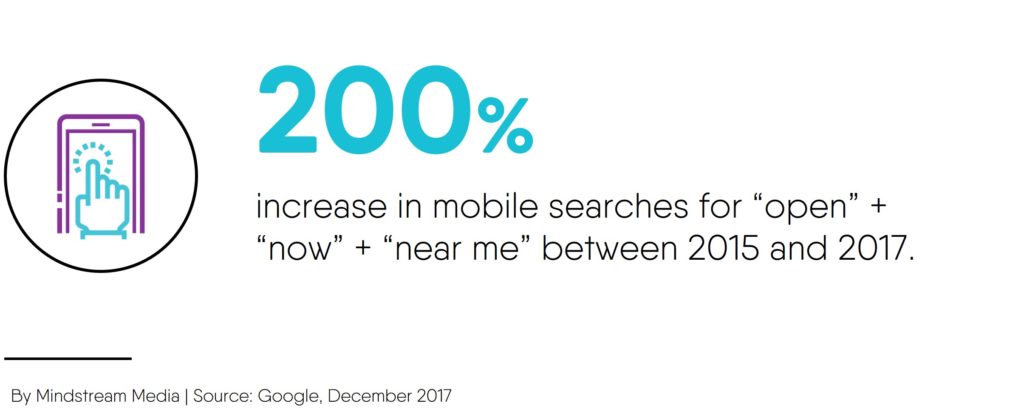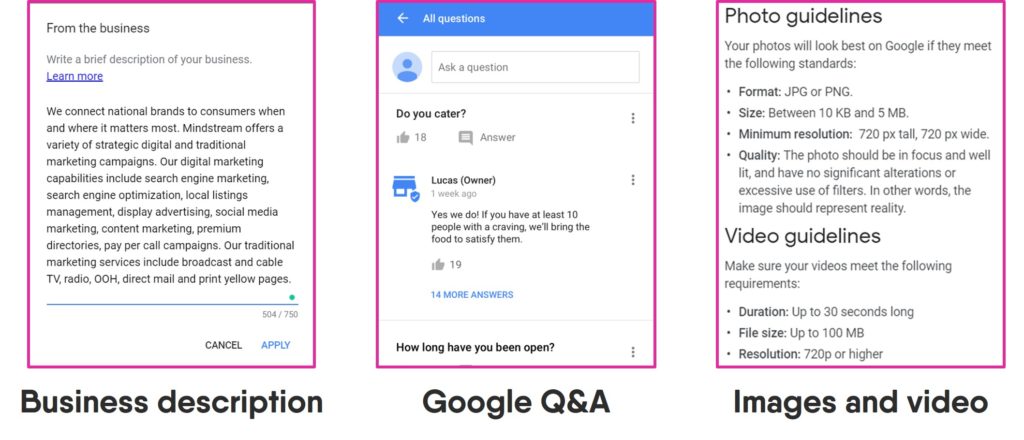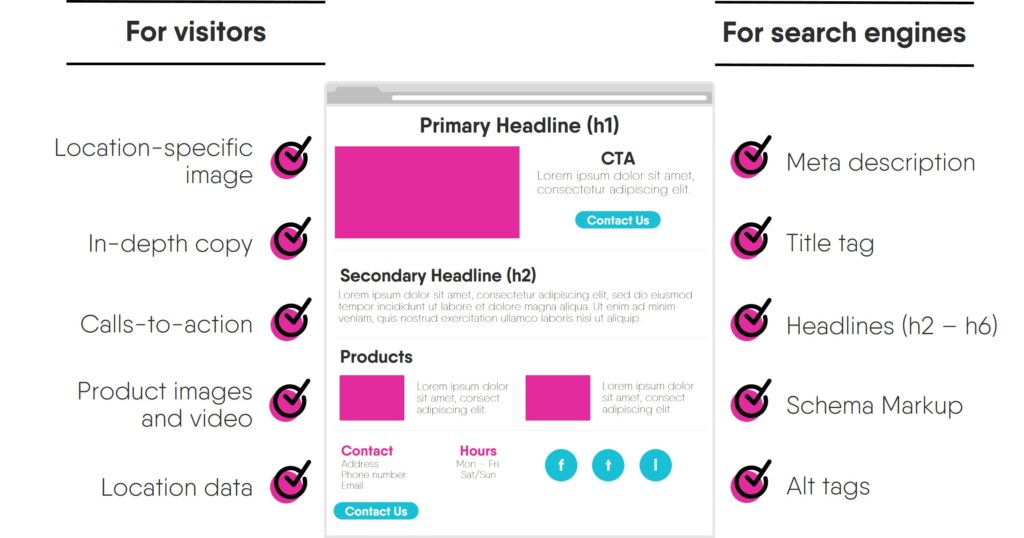3 Content Marketing Strategies You Need to Know to Drive Sales
The big idea: Just because a consumer has decided on a product to buy, doesn’t mean they know where or how to make the purchase. In this blog post, we’ll cover three Content Marketing strategies to help brands deliver the right information at the right time.
For marketers, this is the moment we live for – we’ve developed our content marketing strategies, created messages to promote our brand’s products and implemented our plan. And now, because of all that work, a consumer is ready to make a purchase.
After weighing all of the options from other brands, this former-consumer, former-shopper is now a buyer who has made a purchase decision. This buyer now just needs to know how and where to complete the purchase.
Content Marketing strategies to help buyers complete purchases
Recently, we covered how much research shoppers conduct thanks to their smartphones and an abundance of digital media channels. That research doesn’t stop just because a buyer has made a decision. In the decision stage of the buying journey, buyers are still turning to their phones to conduct high-intent searches to help them complete a purchase.

When buyers conduct these types of searches – especially when they include your brand’s name in the search – it’s your game to lose. For you baseball fans out there, it’s like you’re up by three runs with two outs in the ninth. You’re set up for the win, you just need to close it out.
To avoid snatching defeat from the jaws of victory, this is where most teams would pull their starting pitcher and bring in the closer – for marketers, that’s typically paid media. However, there are plenty of ways you can use organic content to lock in a win. Here’s a three-pitch strategy for using content marketing to help buyers make a purchase.
Strike one – local listings
When marketers think about managing local listings, they don’t normally think Content Marketing. Typically, they think of optimizing and syndicating foundational elements of their listings like:
- NAP – business name, address and phone number
- Website URL
- Hours of operation
These elements are key in making sure consumers can find you when they search for your locations. But there are ways to show off your content-creation chops when it comes to local listings.

Enhance your business description
Google gives you 750 characters to work with for your Google My Business (GMB) business description – use them. Don’t just deliver a boring description, write something that sets you apart from your competitors and provides buyers the information they need to know.
Answer common questions
When consumers have questions about your business, they can ask you right from your listing. Make sure to provide detailed and helpful answers to their most pressing questions.
Add photos and video
Create high-quality images and video to showcase both your location and the products that you offer. This helps buyers know that you sell the products they want to buy.
Strike two – location pages
Another effective way to deliver the information buyers need in the decision stage is to create optimized pages on your site for each of your locations. The key is to optimize each page for both human visitors and search engine bots.

To optimize the page for human visitors, add all of the information a buyer would need to purchase one of your products:
- Location-specific image – a picture of the location to make it easy for the buyer to identify
- In-depth copy – detailed descriptions of the products the location sells
- Calls to action – messages to inspire the buyer to take the next step towards a purchase
- Product images and video – visuals that allow the buyer to see the product in action
- Location data – business information that makes it easy for buyers to contact and get to the location (this data should be an exact match to the information from your local listings)
For search engines, optimize the following technical SEO elements around a specific, locally-focused keyword for each page:
- Meta description – a brief description that inspires buyers to click on the page from search results
- Title tag – a headline for the page that includes the main topic of the page and a geo-modifier for that location
- Headlines – sub-headers throughout the page to identify secondary topics
- Schema Markup – structured data to help search engines understand essential information on the page
- Alt tags – descriptions of each image on the page
Strike three – FAQ pages
FAQ pages help you connect with buyers in the decision stage by addressing common speedbumps in the buying process. They’re also effective at improving your brand’s presence in search results for high-intent, long-tail queries, especially for mobile and voice searches.
The main reason FAQ pages work so well for voice search is people tend to talk more naturally, almost as if they’re talking to another person. They ask specific questions and the brands that deliver direct answers are the ones most likely to end up in Position Zero (the one and only voice-search result).
Here are a few things to keep in mind when creating your FAQ pages:
- Identify your buyers’ most common questions
- Provide answers to specific questions
- Use categories to organize common questions
- Link to pages dedicated to answering your most common questions
- Provide the opportunity for buyers to ask new questions
Interested in learning more? Check out our next blog post in the series – How to Boost Customer Loyalty With Content Marketing – or contact Mindstream Media Group to learn how our Content Marketing solution can drive results for your brand.
More from Mindstream Media Group

Meet the Mindstreamer – Chandler Swanner
Chandler Swanner’s interest in advertising dates back to her childhood. Her mother (and role model in life) was a Media […]

Third-Party Cookie Phase-Out: What Marketers Need to Know
Cookies are an essential part of internet usage, allowing websites to remember you and provide a more personalized experience. This […]

Meet the Mindstreamer – Kaya Bucarile
She plans and oversees media strategy for agency clients, working closely with project and platform managers to ensure that we […]
